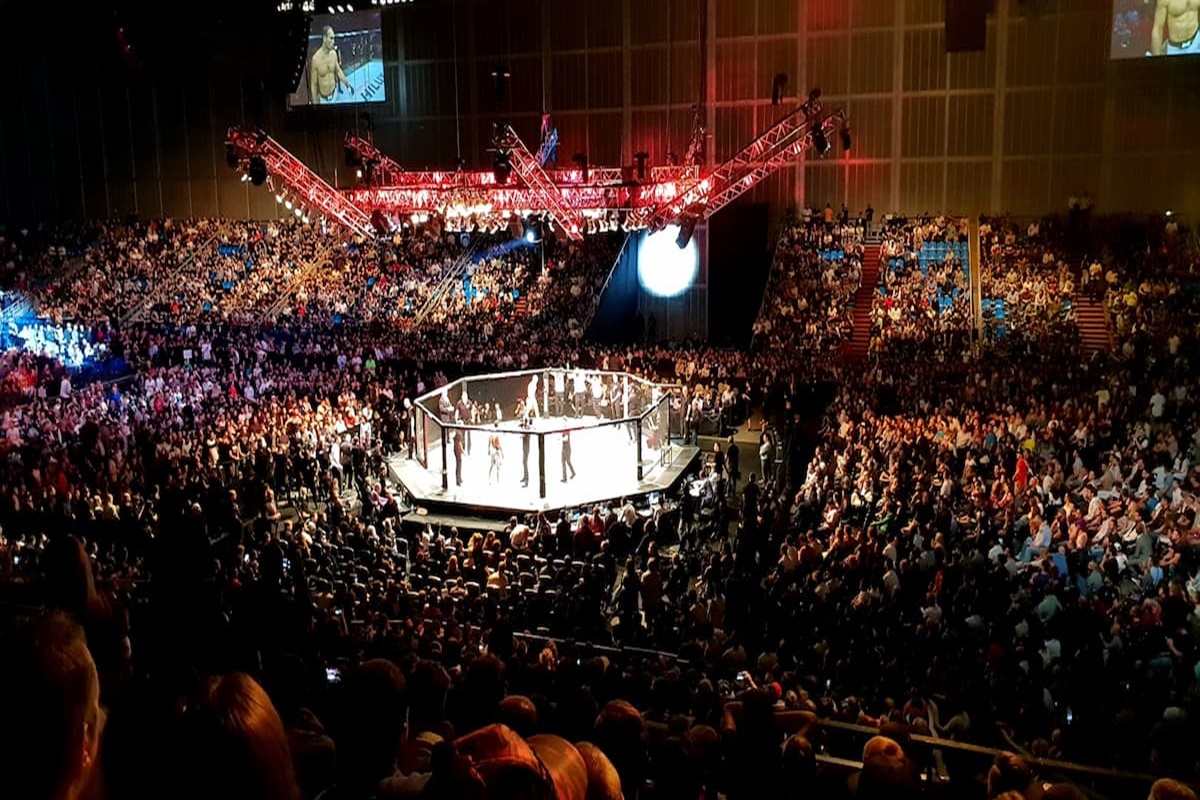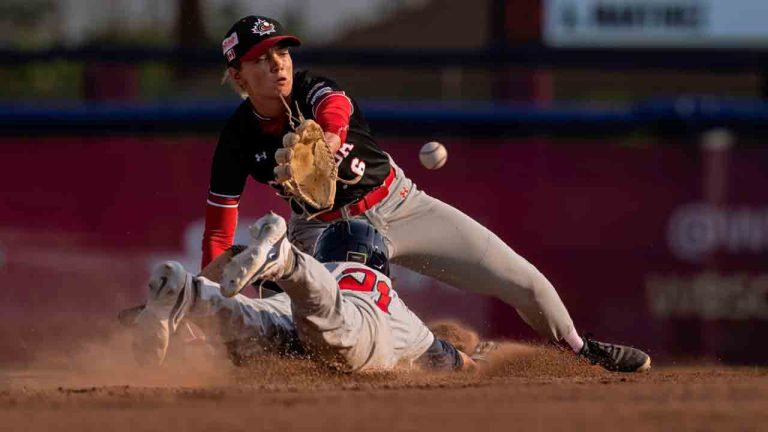Ginger Sadd was a clever and majestic boxer who could hold his own with, and beat, the best, writes Miles Templeton
AT ONE time, it was said, Ginger Sadd was more famous in his own city than the local football club, Norwich City. Ginger was one of the finest boxers ever to have come from the old city. Norwich, rather a quiet place these days for boxing, was a hotbed in the late 1920s and throughout the 1930s with regular boxing at the Corn Hall, a wonderful venue that was sadly demolished in 1964. Among the many who fought there, local lads Jack Forster, Chucky Robinson, Doug Bygrave and Snowey Edwards stand out, but it was Sadd who was the real favourite.
Arthur “Ginger” Sadd was born in 1914 and he started out at Norwich Lads Club, that great amateur club, still going today, that many of you will be familiar with. Arthur learnt his basic skills there and when he turned professional, aged 17 in 1931, he was a well-schooled fighter. After three years he had only lost only one of his first 43 contests, the last of which saw him outpoint the former British featherweight champion, Harry Corbett, at his beloved local venue.
It is hard to believe now, but both Norfolk and Suffolk saw professional boxing at a wide variety of towns and villages that have never seen it since, places such as Cromer, Diss, Wymondham, Sheringham, Market Deeping, Dereham, Downham Market and Hempnall, along with a great many others. Regular top class boxing occurred at Lowestoft, Great Yarmouth and Ipswich, as well as at Norwich, and Ginger rarely had to step away from his region to find work.
He eventually grew into a middleweight and light-heavyweight during the peak of his career, and by the start of the war he was a top-rank fighter. He boxed the great Jock McAvoy for the British middleweight title in May 1939, losing on points, before taking on Freddie Mills, only three weeks later at the Winter Gardens in Bournemouth. The BN report for the Mills contest stated that “Mills attacked fiercely, mostly in short rushes, and hooking hard to the body and head, while Ginger moved round the ring like a ‘will-o’-the-wisp’ and used a fast left hand well, and by clever side-stepping, occasionally had Mills rushing on to the ropes.” Sadd kept cool throughout and ultimately took the decision.
In 1948, when he was moving towards the end of his career, BN described that Sadd had “one of the finest left hands in the business. His brain and footwork co-ordinate to produce perfect judgement and timing, he is a past master of ringcraft. His snappy inside work, his eagle eye and his lightning manoeuvrability has earned for him a reputation of being one of the finest ring generals campaigning within the roped square today.” What a compliment. At that time there were any number of wily old campaigners who knew every trick in the book, and for Ginger to be singled out in this way says much for his abilities.
He took part in 252 professional contests between 1931 and 1951, winning 187 of them. He won the Eastern Area title at both welterweight and middleweight and, as well as McAvoy and Mills, he also swapped gloves with Don Cockell, Ernie Roderick, Albert Finch, Harry Mason and Vince Hawkins.
During the war Arthur served with the Royal Norfolk Regiment and he took part in the D-Day landings in 1944. After being demobbed in 1946 he resumed his professional career, supplementing his ring wages with a variety of other jobs, in the local shoe factory, driving a lorry and at a scrap-metal firm. Such were the economics of the professional game at that time, when even the best struggled to make it pay. Ginger’s brother Dick, also a good pro, became a stalwart at the Lads Club, where Ginger often assisted him, and when Ginger died in 1992 there were still many within his native town who remembered him and mourned his passing.





















Discussion about this post